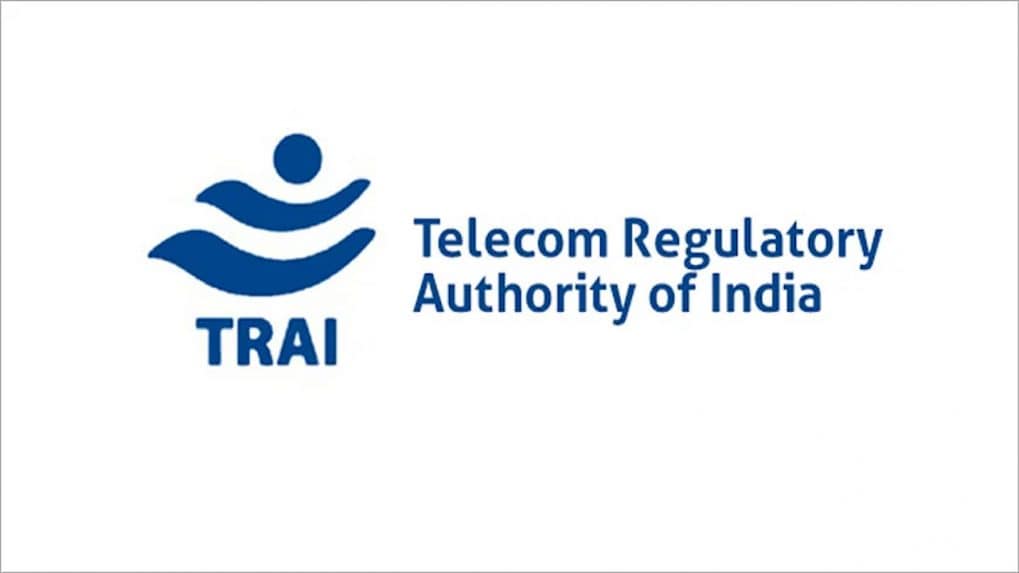Advertising
From Pink Slips to Silent Sidelining: Inside adland’s layoff and anxiety crisis

The Telecom Regulatory Authority of India (TRAI) has recommended sweeping relief measures and policy reforms to revive the financially stressed sector. Central to its proposals is the long-awaited allowance for private FM stations to broadcast news and current affairs, alongside major relaxations in license fees, infrastructure sharing, and payment terms.
For the first time, TRAI has urged the government to permit private FM operators to air news and current affairs content for up to 10 minutes per clock hour, provided it follows the Central Government’s programme code. This reform, if accepted, would break a two-decade-long restriction that barred private FM players from relaying independent news.
Industry stakeholders have repeatedly argued that excluding news hinders FM radio’s public utility role, especially during elections, disasters, and emergencies. TRAI said the move will “strengthen FM radio’s role as a credible and accessible information source” and also expand advertising potential in the news segment.
The recommendations, titled “Reserve Price for Auction of FM Radio Channels”, come after MIB sought TRAI’s advice in December 2023 for further penetration of private FM services in Himachal Pradesh, Uttarakhand, Sikkim, Arunachal Pradesh, Jammu & Kashmir, and Ladakh, along with specific reserve prices for Bilaspur (Chhattisgarh) and Rourkela (Odisha).
TRAI was tasked with recommending reserve prices for 21 cities, including Bilaspur (C’garh), Rourkela (Odisha), Rudrapur (Uttarakhand), and 18 others in hilly regions such as Dharmsala, Mandi, Baramulla, Kupwara, Nainital, and Almora
To accommodate these smaller towns (population below 1 lakh), TRAI endorsed the creation of a new Category ‘E’. For these, it proposed a reserve price of ₹3.75 lakh and a minimum net worth requirement of ₹30 lakh, aimed at lowering entry barriers for small and regional broadcasters
Reserve Prices for Key Cities
For larger towns, TRAI recommended:
Bilaspur (Chhattisgarh, Category C): ₹0.83 crore
Rourkela (Odisha, Category C): ₹1.20 crore
Rudrapur (Uttarakhand, Category D): ₹0.97 crore
The Authority emphasised that reserve prices should be set at 70% of the valuation, down from 80% in earlier frameworks, to encourage wider participation. This calibrated reduction follows poor uptake in July 2025 auctions, where bids were received for only 63 out of 730 channels offered across 234 cities.
TRAI highlighted the challenging financial climate for FM operators. Advertising revenue, once at ₹2,382 crore in FY 2018–19, fell to ₹941 crore in FY 2020–21 during the pandemic, recovering only to ₹1,819 crore in FY 2024–25, still below pre-COVID levels.
Meanwhile, India became the second-largest global market for music streaming, crossing 1 lakh crore streams in 2023, intensifying competition for traditional FM broadcasters.
Relief Measures and Policy Shifts
To ease participation, TRAI recommended:
Flexible payment options for winning bidders, similar to spectrum auctions, to avoid upfront entry barriers
Lower authorisation fees: In Category ‘E’, 2% of Adjusted Gross Revenue (AGR) for the first 3 years, rising to 4% thereafter. For others, 4% AGR applies
Inclusion of streaming revenue in Gross Revenue (GR) definitions.
Infrastructure support: Prasar Bharati to share towers and land at concessional rents
News broadcasting rights: Allowing FM operators to air news and current affairs for up to 10 minutes per clock hour, under Central Government’s programme code.
End of mandatory colocation: Operators may now share infrastructure voluntarily with telecom or broadcasting providers.
TRAI also reiterated its February 2025 stance on “Framework for Service Authorisations” under the Telecommunications Act, 2023, recommending delinking service authorisation from frequency assignment. This gives entities flexibility to apply for authorisation either before bidding or after winning.
The Authority underlined that these measures aim to revive investor confidence, enhance participation, and proliferate FM services, particularly in underserved hilly and border regions.
“By recalibrating reserve prices, easing payment norms, and rationalising fees, we aim to strike a balance between public interest and financial viability of private broadcasters,” TRAI noted.
From purpose-driven work and narrative-rich brand films to AI-enabled ideas and creator-led collaborations, the awards reflect the full spectrum of modern creativity.
Read MoreLooking ahead to the close of 2025 and into 2026, Sorrell sees technology platforms as the clear winners. He described them as “nation states in their own right”, with market capitalisations that exceed the GDPs of many countries.